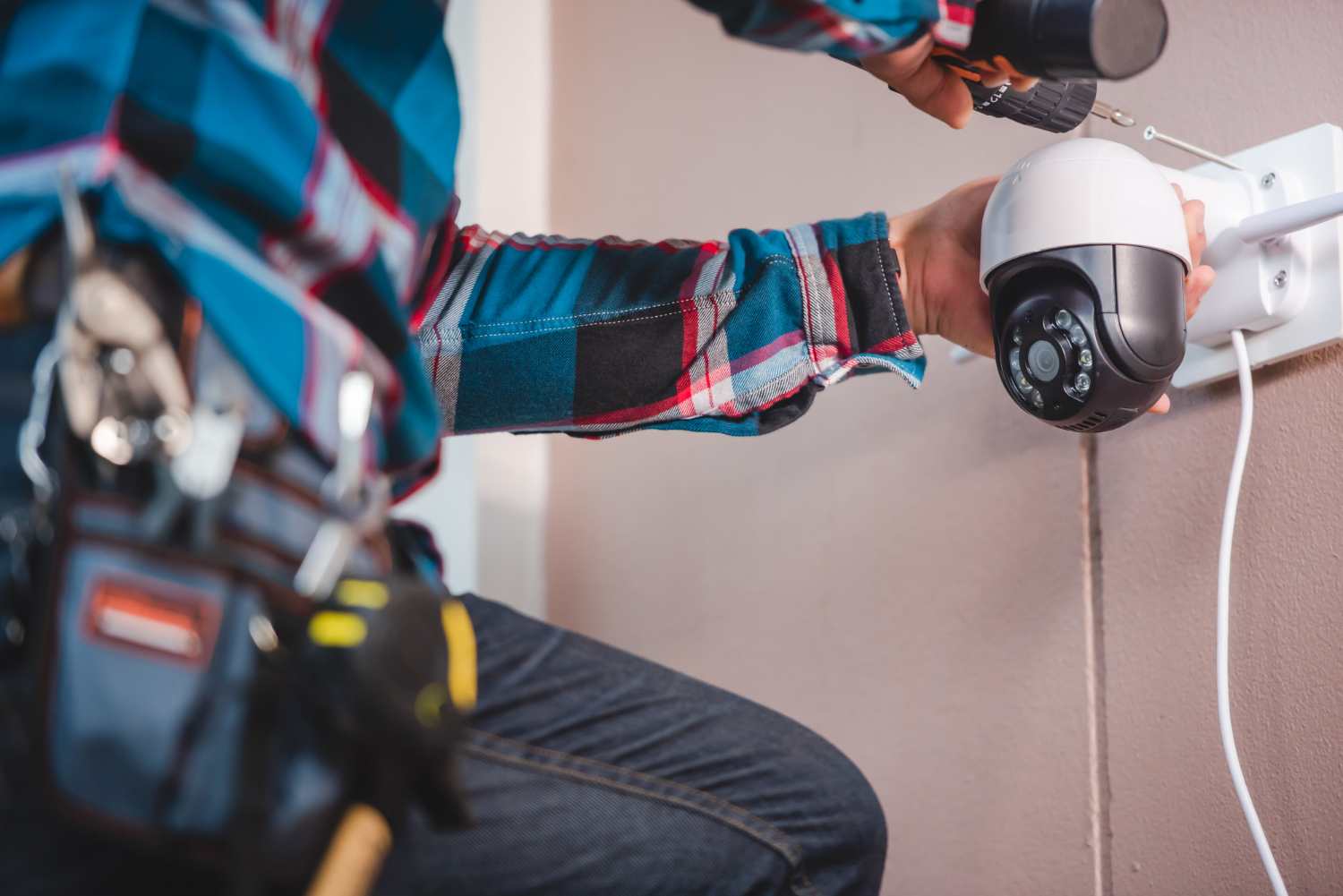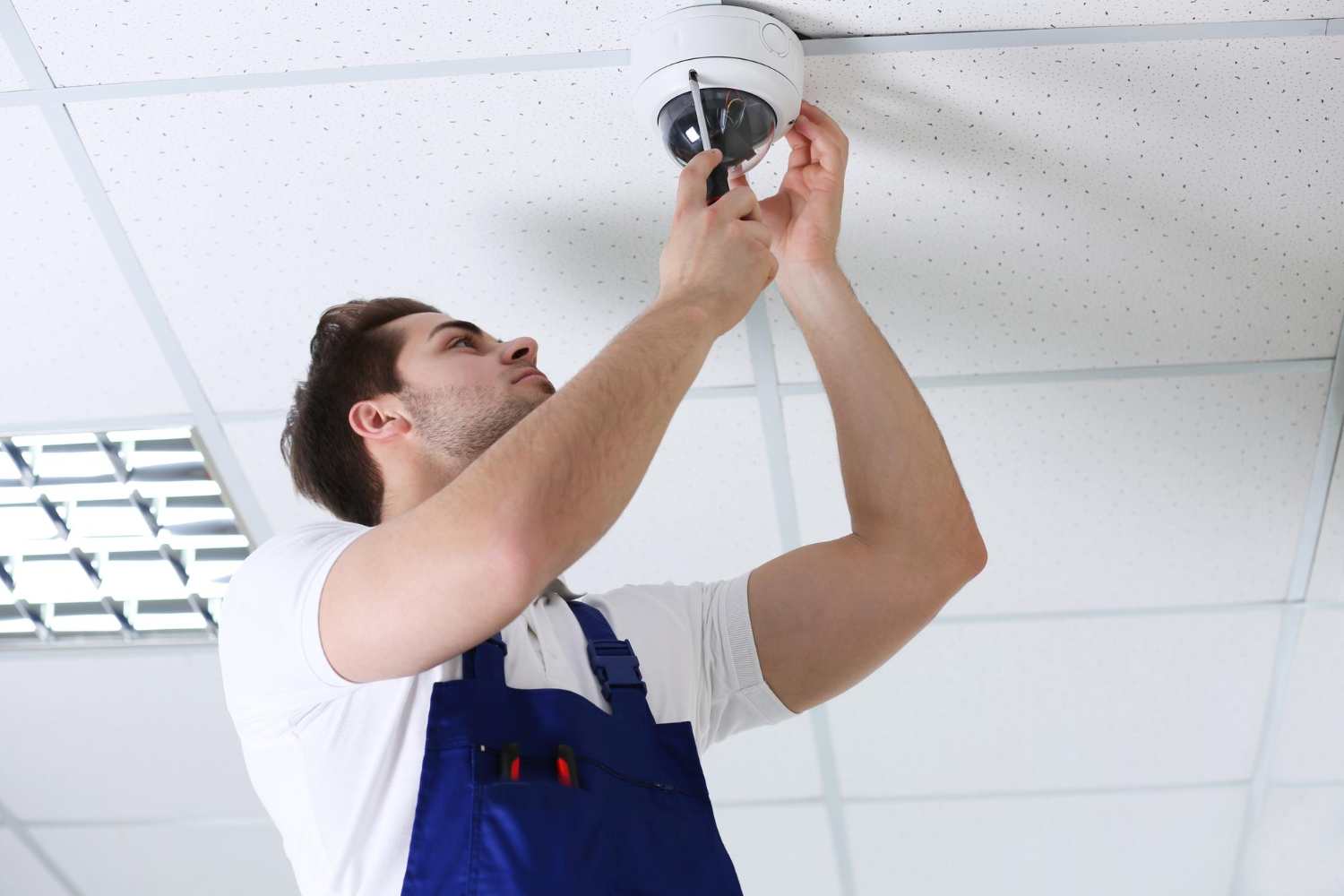Learn About the Different Types of CCTV Cameras
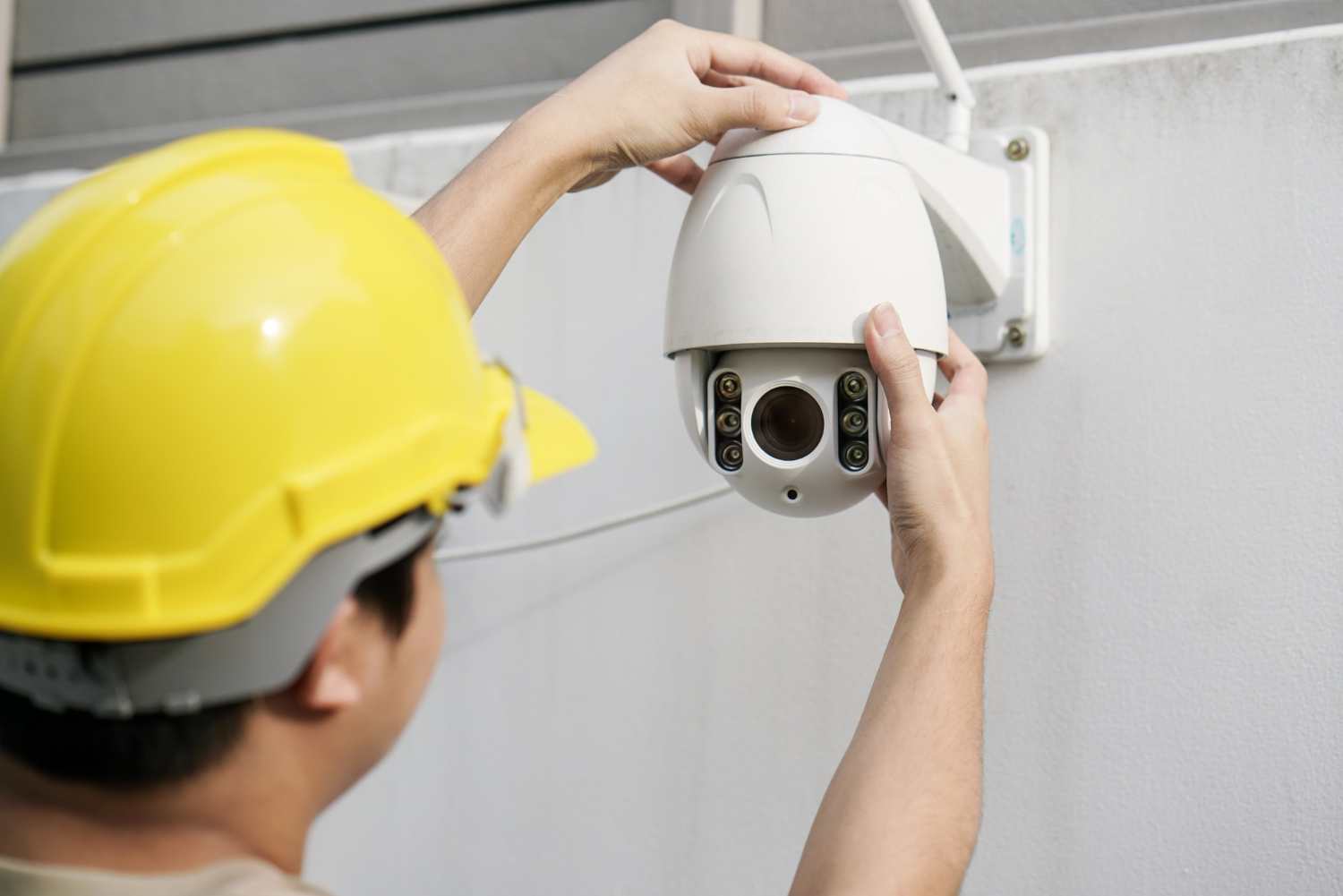
CCTV cameras are one of the central components of any surveillance system. They help create a safe environment and enable security personnel to monitor ongoing activities in residential, commercial, public, and industrial properties. In many settings, they may act as crime deterrents and discourage criminals from seeking adventure. They also store information in the form of videos and images, which can help identify and convict criminals. There are numerous types of CCTV cameras which can be used in various settings. Let us look at some CCTV cameras and learn their best usage.
- Internal and External Dome Cameras
- ANPR/LPR Cameras
- Bullet Cameras
- PTZ Cameras
- C-Mount Cameras
- Day/Night Cameras
- Discreet Cameras
- Wireless Cameras
- Infrared/Thermal Cameras
- HD Cameras
Internal and External Dome Cameras
Dome cameras have a dome shape, which allows them to provide 360-degree coverage. Internal dome cameras are more suitable for interior coverage, while external dome cameras are used outdoors. Their dome-shaped cover provides them with a layer of protection from the weather. They can be installed on the roof and other hard-to-reach places, making them inaccessible to criminals. Internal dome cameras are highly suitable for commercial properties such as retail stores or offices with large floors. The external dome cameras can be used in parking lots and other outdoor perimeters. Various lens options are available for providing a range of angles and coverage. They can be discreet or highly visible, depending on your security preferences. They are available in IP, non-IP, infrared, and other variations.
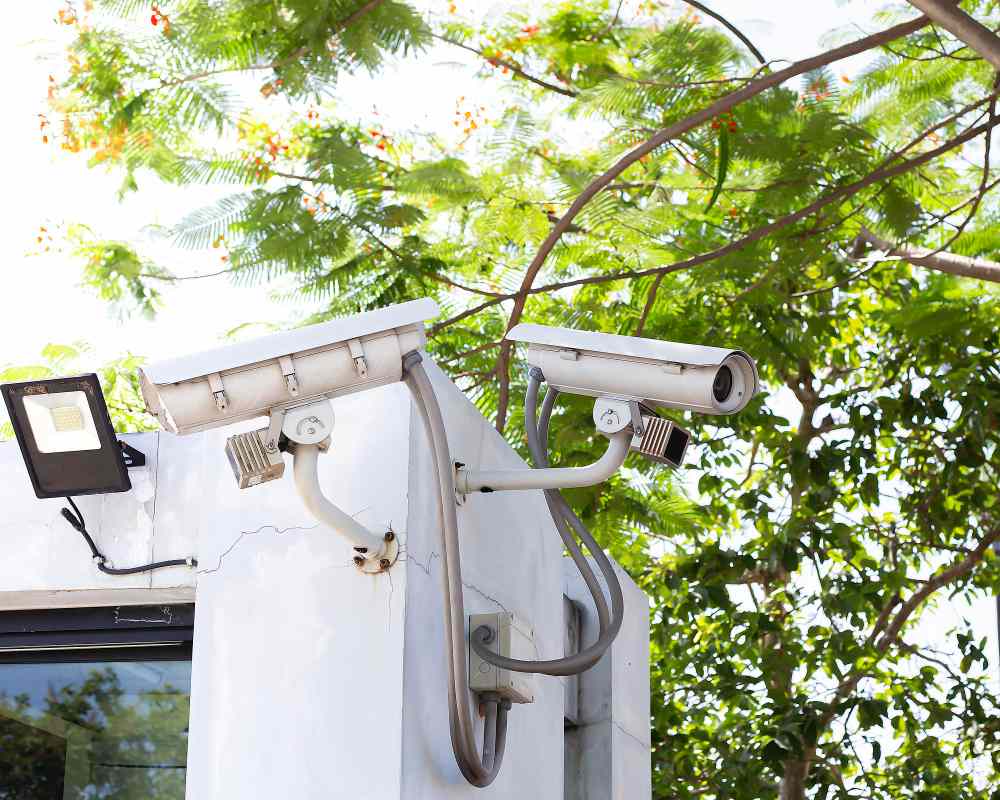

ANPR/LPR Cameras
"Automatic Number Plate Recognition" or ANPR cameras and License Plate Recognition (LPR) cameras are equipped with OCR technology, i.e. Optical Character Recognition. This technology enables recognition and extraction of license plate numbers/characters and converts them into readable information. They are high-resolution cameras with built-in infrared sensors, enabling them to capture license plates even in low-light conditions. They are integrated with advanced software to store information and conduct traffic analysis. They are handy for law enforcement agencies, toll plazas, parking lots, and traffic management.
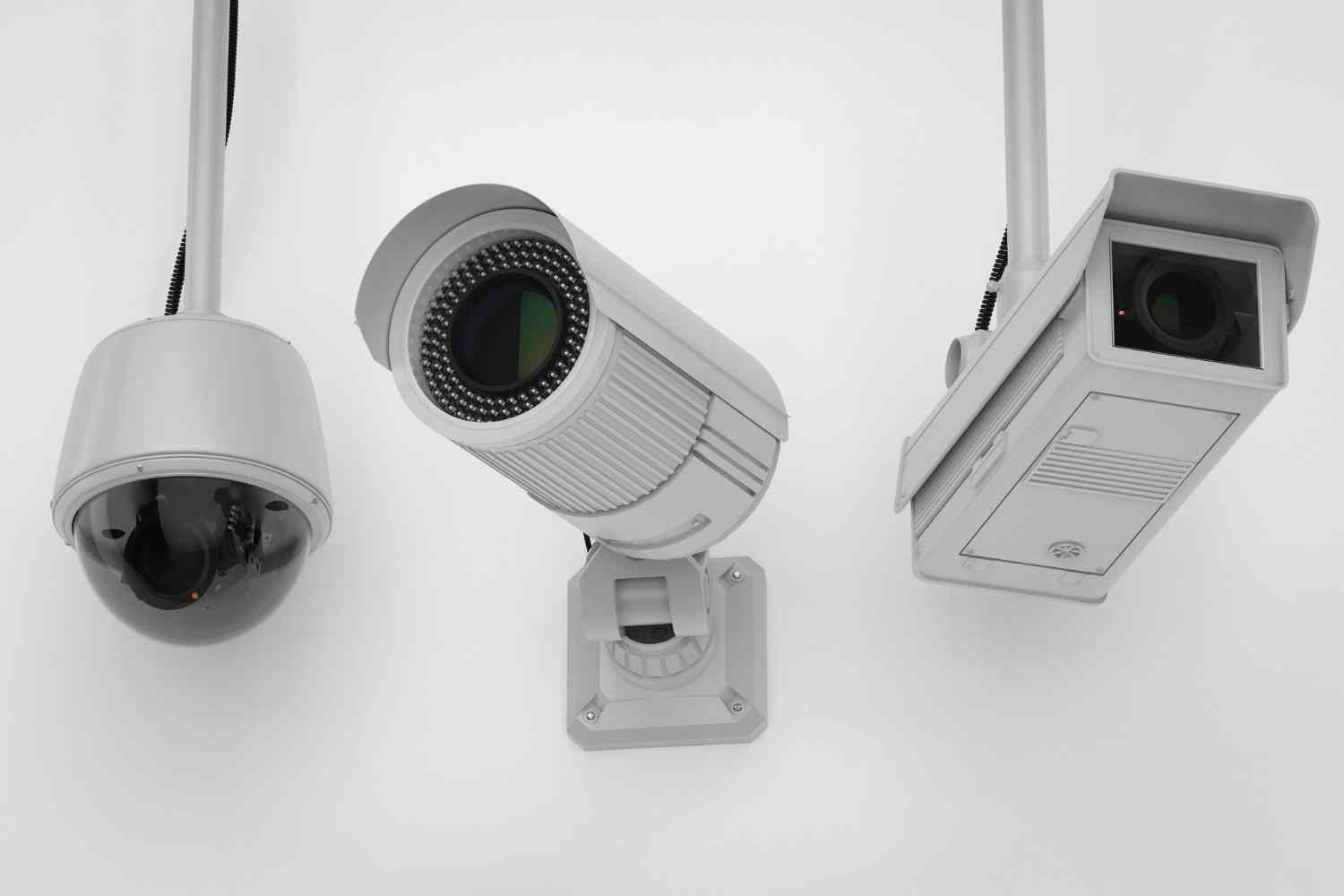

Bullet Cameras
Bullet cameras are shaped like bullets, hence the name. They are mainly used for outdoor surveillance and encased in weatherproof casings that protect them from snow, dust, and debris. Their distinct feature is long-distance viewing, making them highly suitable for installation in large spaces such as building perimeters, parking lots, driveways, and yards. Long-range viewing is possible because these cameras have varifocal or fixed lenses. These are high-resolution cameras and typically come with infrared illumination, enabling them to monitor and record imagery and footage in outdoor settings during the night. They are compact, making their installation easy and convenient.
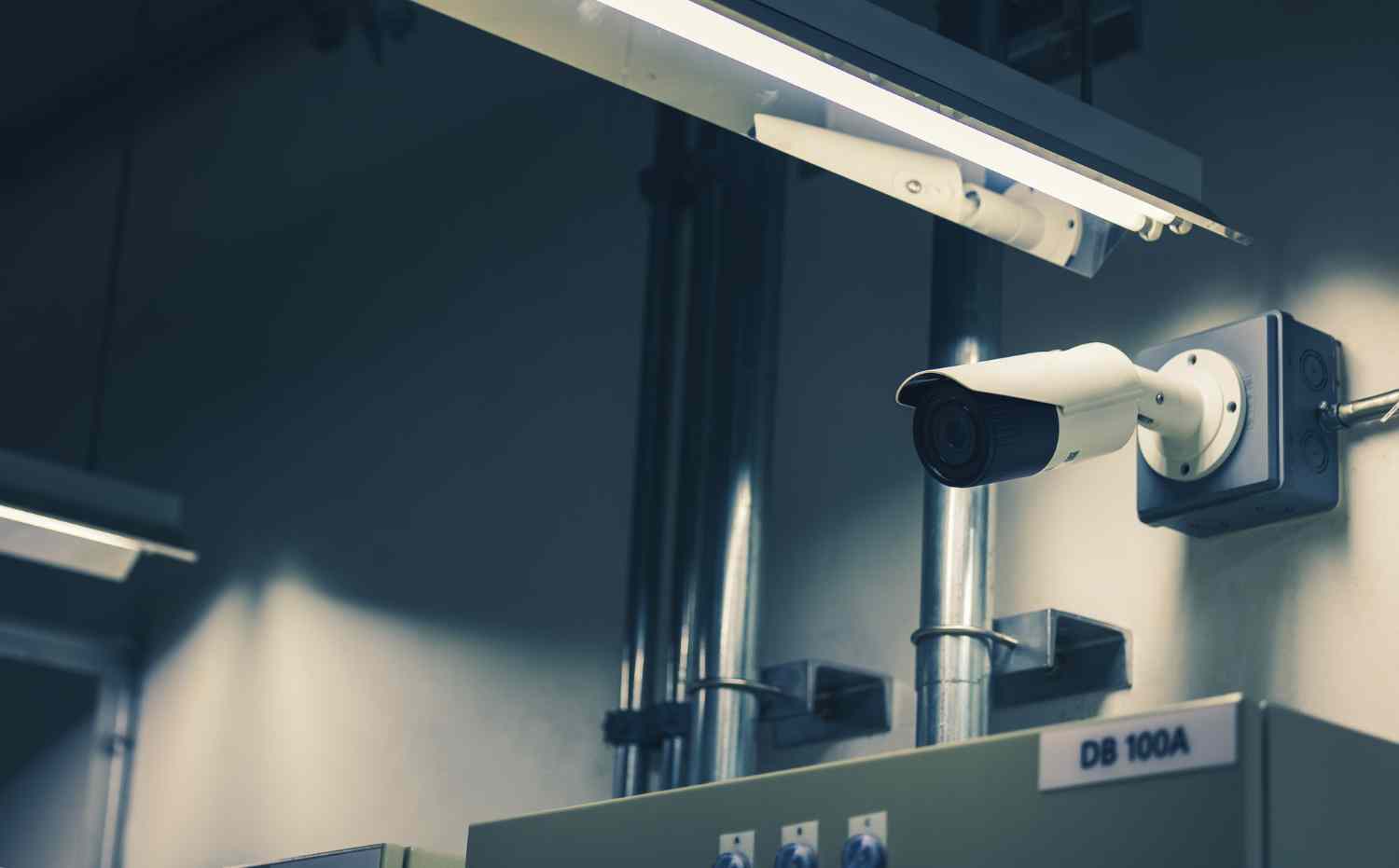

PTZ Cameras
PTZ stands for Pan, Tilt, and Zoom, which is exactly what PTZ cameras do. They can pan horizontally to provide coverage to vast areas. They can tilt vertically to low and high angles. They can zoom in to provide a close-up view of distant objects. PTZ cameras can be controlled with the help of smartphones, software, and even a joystick. They often come with the feature of automatic tracking. They are ideal for providing coverage to several settings, such as critical sites, perimeter surveillance, traffic monitoring, event monitoring, and even large residential properties. Their distinctive features allow them to monitor places which cannot be accessed easily. They have high resolutions, and they often come with infrared illumination.
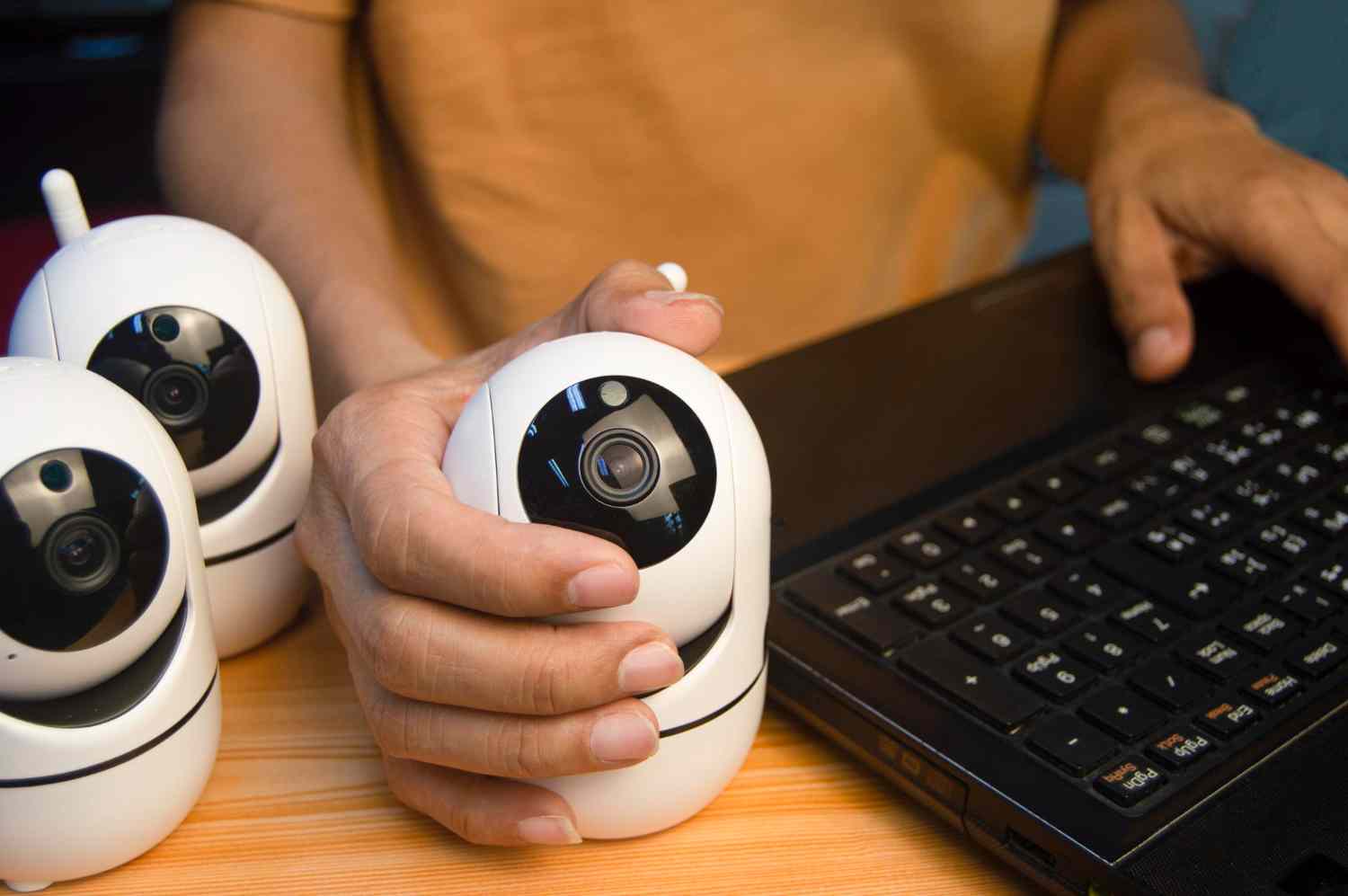

C-Mount Cameras
With a C-Mount camera, you can use a variety of lenses with a C-mount thread. The lenses can be motorised, allowing you to control them remotely. You can increase or decrease the focal length or change the view angles according to your requirements by changing lenses. They also have a large sensor format, enabling them to capture high-resolution images and work much better than other cameras in low-light conditions. C-mount cameras are typically used in professional photography, surveillance, microscopy, aerial imaging, and more. They are usually large, making them highly noticeable and an effective deterrent.
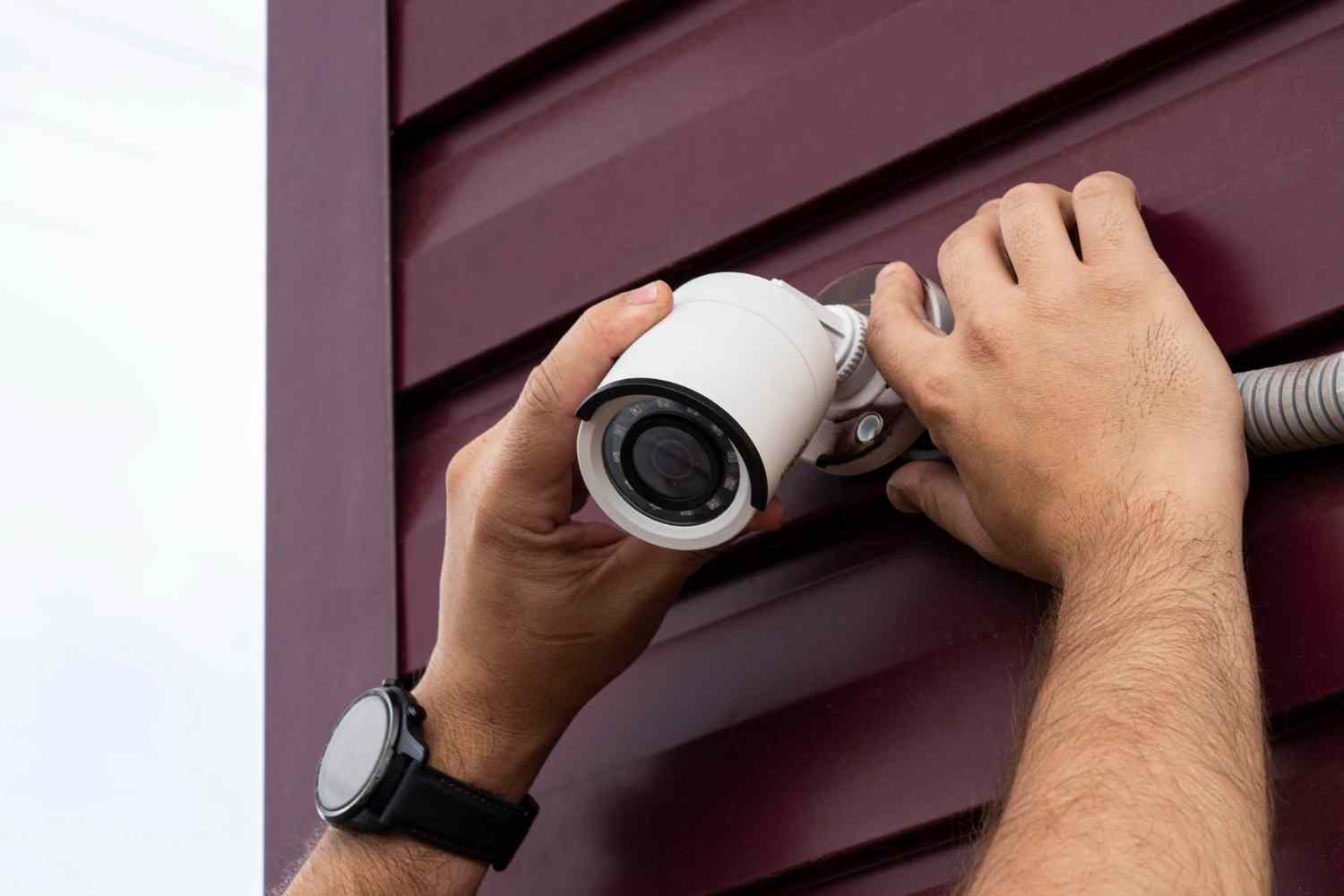

Day/Night Cameras
Where infrared cameras can't succeed in providing effective surveillance in changing light conditions, the day/night cameras can take over. These cameras have susceptible imaging chips which adjust to changes in light conditions. They are handy for non-stop surveillance, providing coverage during the night, which is as good as during the day. They are available in HD and Ultra HD variants, enabling them to capture high-quality images and videos. They are equipped with Infrared LEDs and a cut filter that lets them easily switch between day and night modes. They have vast applications and can be used for residential, commercial, and sensitive properties.
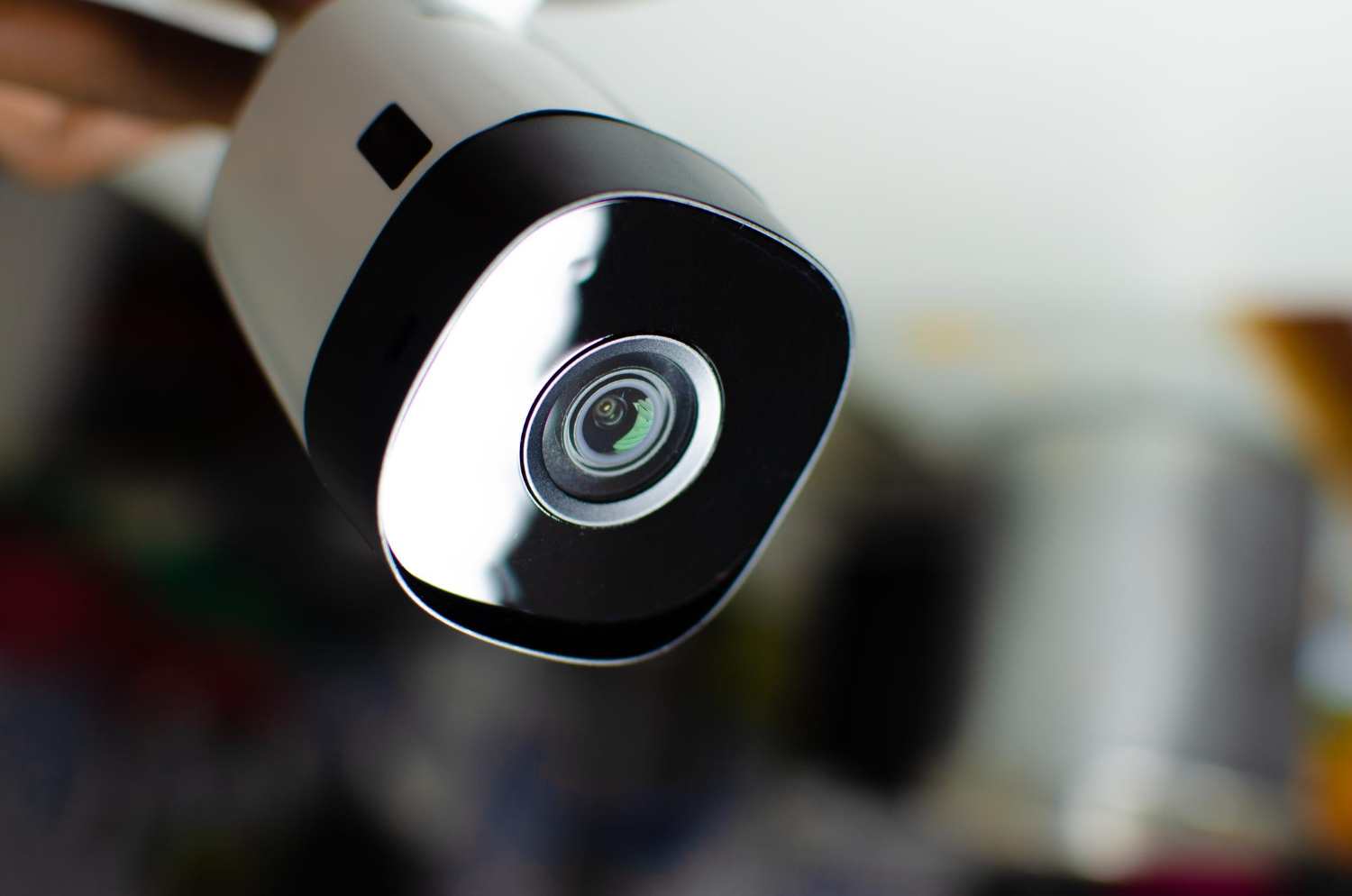

Discreet Cameras
Also known as spy or covert cameras, the purpose of these cameras is to provide discreet surveillance. A large variety of them can be seamlessly installed in various hidden locations. They can be designed to resemble a range of objects, such as clocks, motion sensors, smoke detectors, and many more. They are often wireless to ensure adequate concealment. They can be remotely controlled and can store images and footage. They are typically used in sensitive locations, undercover investigations, personal care facilities, offices to monitor employees, and even at residential properties to monitor nannies and babysitters. However, their usage in public places may be subject to laws and regulations.
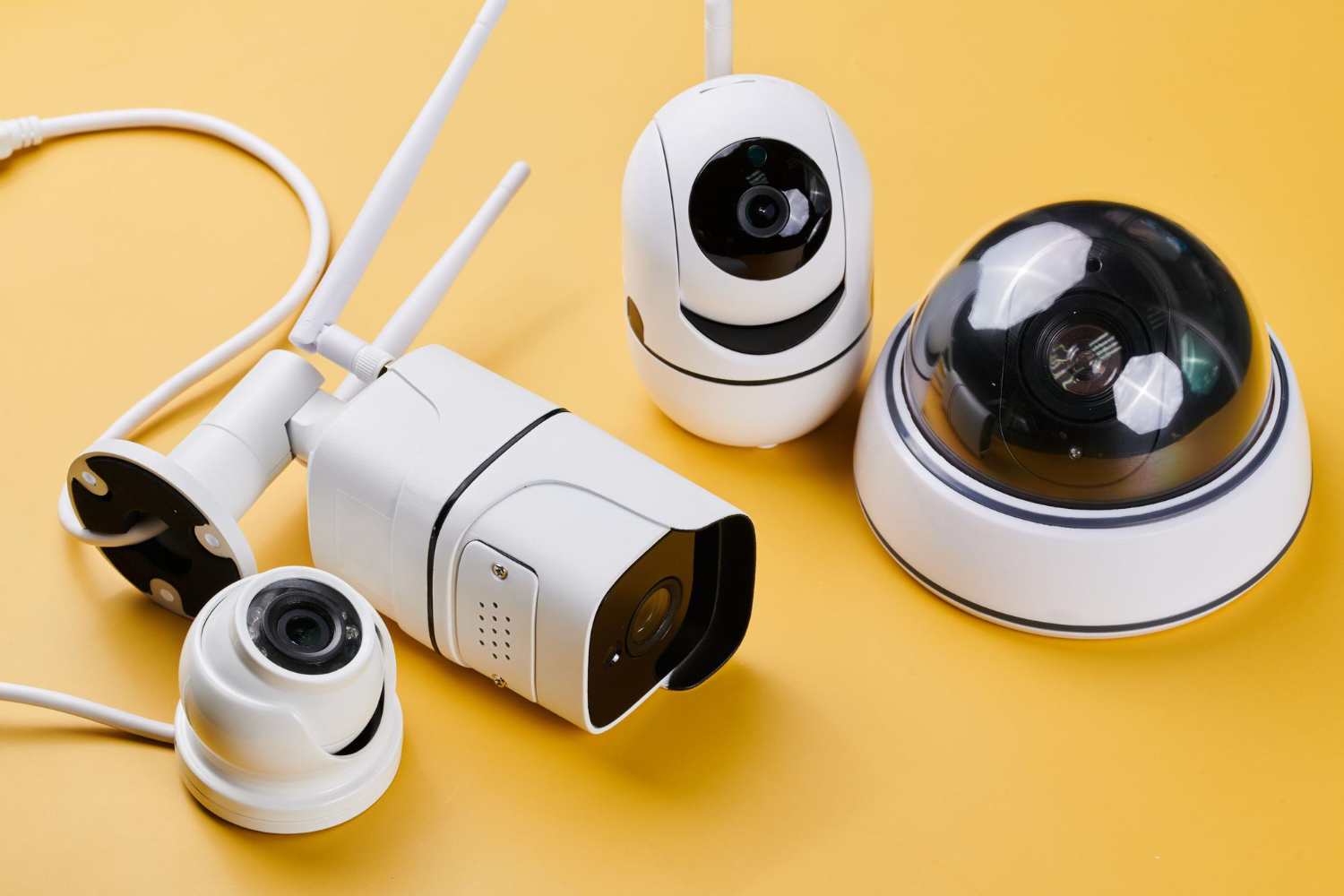

Wireless Cameras
Wireless cameras employ WiFi networks to provide live coverage, cloud storage, and command control to users. They do not require wires and several other traditional components, so they are easy to install and require little space. You can even control them using your smartphone and sync them with various apps to prepare valuable reports. These apps can issue alerts and provide you with meaningful feedback. They are ideal for residential surveillance, retail monitoring, and remote site surveillance.
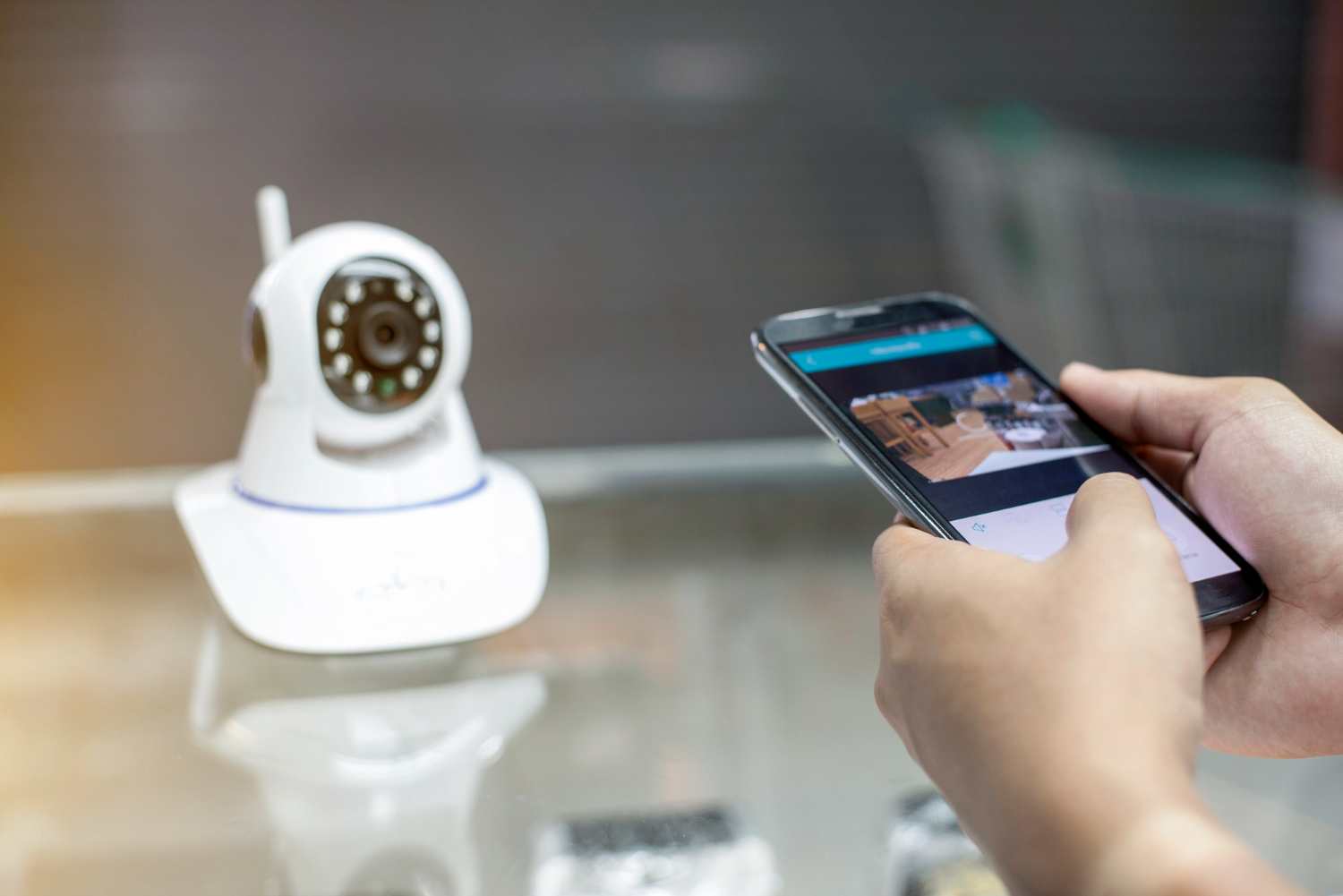

Infrared/Thermal Cameras
Infrared and thermal cameras are heat-detecting cameras. The former detects infrared radiation, while the latter detects heat. Infrared cameras convert the radiation into imagery and can capture images during both the day and night. They are used for detecting heat sources and providing surveillance, security, and night vision. Thermal cameras are primarily used for measuring temperature. They provide thermal imagery in different colours, each representing a temperature zone. They are primarily used for scientific and industrial applications.
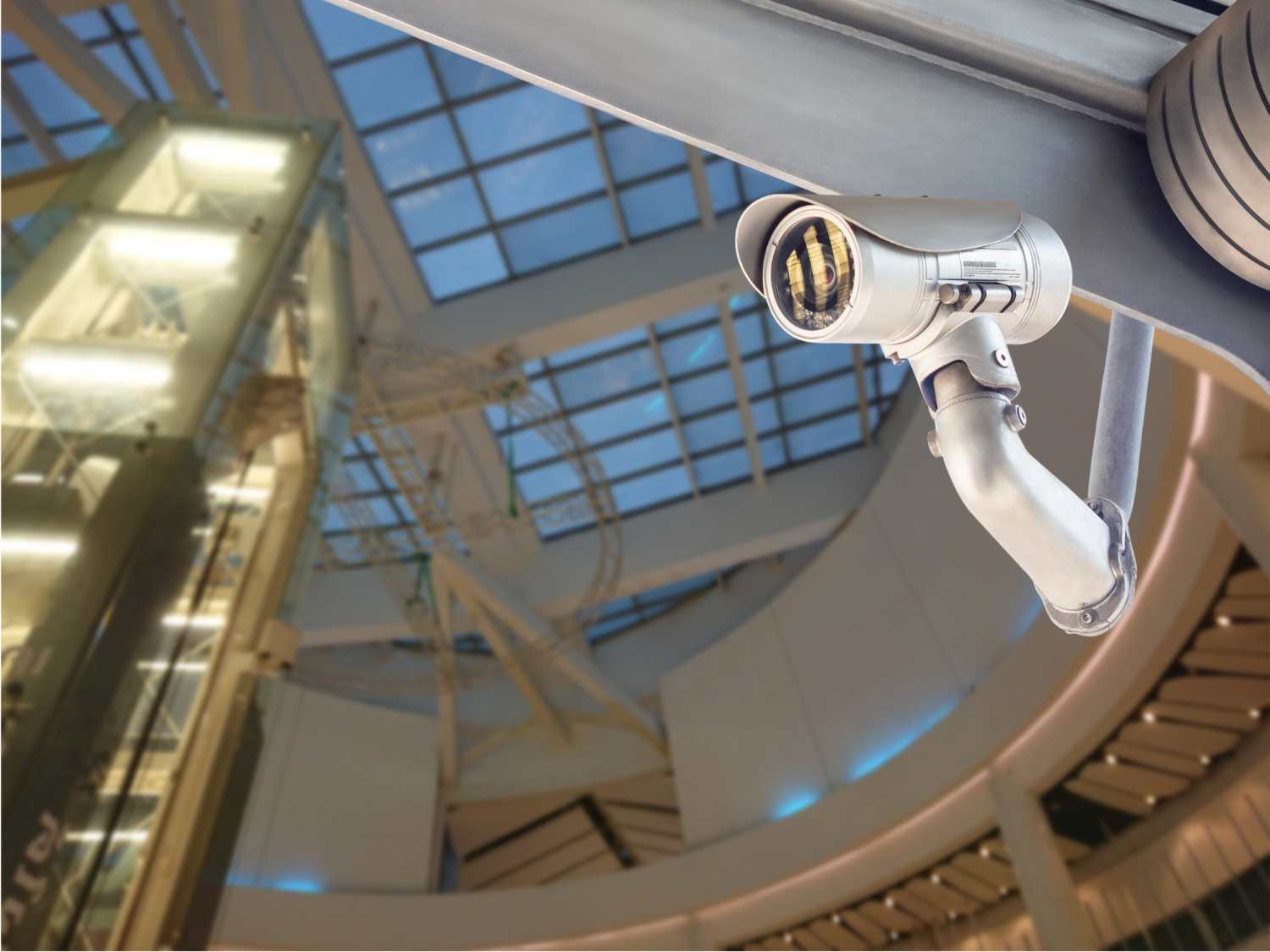

HD Cameras
The most suitable option for excellent imagery and videos is an HD camera. High-definition cameras capture, record, and store high-quality imagery and videos, which can prove highly useful under several circumstances. They are available in a range of resolutions, starting from 720p to 4K. Their digital zoom enables users to zoom in on various objects without losing quality. They can provide comprehensive and extensive coverage. There are various types of HD cameras, including Analogue cameras, IP cameras, and hybrid cameras. They have vast applications, including facial recognition, sensitive property surveillance, license plate recognition, and more.
